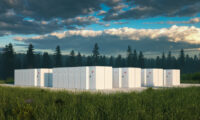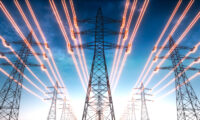Community Energy Storage: An Emerging Solution for Renewable Energy
Community energy storage has been in the works for almost two decades, but the popularity of these hubs is growing as countries seek to transition away from fossil fuel dependence toward renewable energy sources. But what is community energy storage (CES), and how does it differ from grid-scale energy storage centers?
According to Energystorage.org, “Community energy storage entails utility deployment of modular, distributed energy storage systems (DESS) at or near points in the utility distribution system that are close to residential and business end users.” For the energy marketplace and growing demand, they conclude CES will help create a grid that is “smarter, more sustainable, more diverse and more distributed and modular.”
Put simply, community energy storage is a smaller, local neighborhood power center for homes and small businesses that stores and distributes energy from renewable sources like wind and solar. The CES is located at the edge of a grid, instead of a utility’s large-scale distribution substation. Instead of one or two large battery systems storing and distributing 2 megawatts of power, about 80 smaller CES units of 25 kilowatts would serve the local area. The energy stored in the batteries (most often lithium-ion) at CES stations then supplies active or reactive power based on local demand.
For now, most CES units are owned and operated by utilities, with some private-industry partnerships. Utility ownership and the fact that they are sited at distribution centers aids reliability and resiliency since much of the framework is in place.
In the United States, the Inflation Reduction Act is spurring on innovation and incentives for electrification and renewable energy implementation for industries and consumers. Stakeholders, industry leaders and policymakers are all looking for renewable energy transition solutions that are also reliable and sustainable. CES may rapidly move from a novel experiment to standard operation for future power distribution.
Benefits of Community Energy Storage
Renewable power sources like wind and solar are often intermittent and unpredictable, so it’s vital to store the energy in battery units until it’s needed. While grid-scale energy storage is growing exponentially in the U.S. and across the globe, community-based units are also expected to increase.
Benefits of community energy storage include:
- Flexible, more regional control of power supply and demand with the ability to create an electricity “island” to localize distribution apart from the larger grid.
- The ability to serve as backup power to a residential area separate from large-scale grids in the case of isolated incidents like a fallen power line. These backup services are often employed for a few hours, not extended periods of time.
- Integrating renewable power from stored energy without impacting grid stability.
- Injecting or absorbing reactive power.
- Reducing “transition and distribution” costs from larger grids because less equipment is needed in peak demand times.
- Helping grid-scale issues like peak demand shaving and voltage regulation.
- Saving consumers money by storing low-cost renewable energy and distributing it when energy prices are high.
- Providing potential safety nets for individuals during extreme weather events, with back-up power for those reliant on medical equipment.
From large utility-scale capacity to neighborhood backup units, the transition to renewable power over the next decade is happening at a rapid pace. According to the U.S. Energy Information Administration, grid-scale battery storage is expected to triple by 2025 from 7.8 to 20.8 GW, with more than 75% of that total in Texas and California. The future of community energy storage is certainly one to watch as battery storage innovations meet rising demand.
Read more on this topic here:
Community Energy Storage (Science Direct)
Community energy storage: What is it? where is it? how does it work? (Utility Dive)
Community Energy Storage and Energy Equity (Pacific Northwest National Laboratory)
What our customers are saying
See why our power customers say we're the best electricity provider in Texas!
I was worried about getting electricity for my home through a prepaid company. I was calling around to see different rates then going through all the hassle of credit checks while dropping points each…
I have been with this company for several years and have been very happy since. Even when I moved, they made my usually stressful situation very easy and carefree. I recommend them to everyone that I…
I have enjoyed the service for 2 years now. In the beginning this service was planned to be temporary but with the service being so effective for me i decided to keep it for the long haul. I’m a happy customer.









